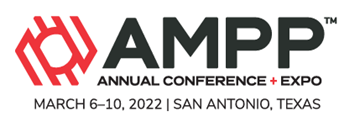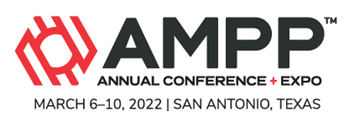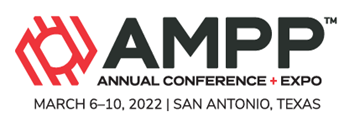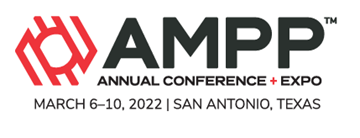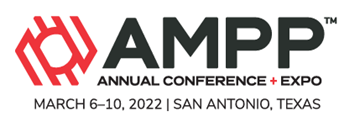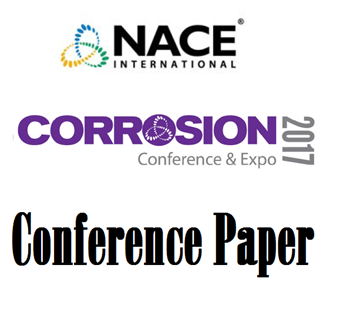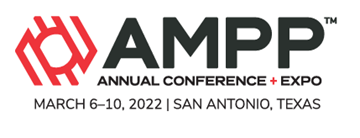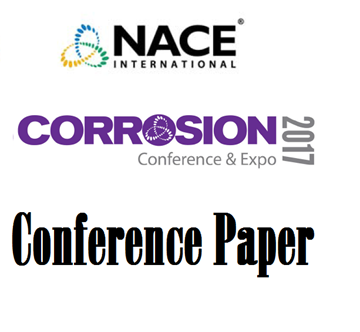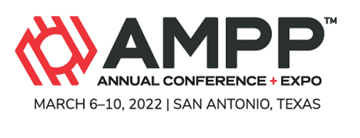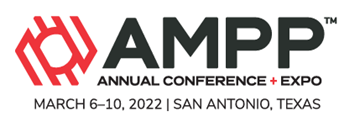Search
Corrosion Monitoring and Control
View as
Sort by
Display
per page
Development Of Methodologies For Continuous And Batch Inhibitor Film Persistency Investigation In The Laboratory
Product Number:
51322-18056-SG
Publication Date:
2022
$20.00
Development Of Multilayer Coating Systems For Self-Healing Protection And Corrosion Mitigation In The Atmospheric Zone Of Offshore Wind Turbines.
Product Number:
51322-17691-SG
Publication Date:
2022
$20.00
Development Of The Multipurpose High Strength Super Austenitic Stainless Steel UNS N08034 By Cold Working For Challenging Oilfield Environments
Product Number:
51322-17720-SG
Publication Date:
2022
$20.00
Downhole Sour Corrosion And Scale Deposition In Oil Wells
Product Number:
51322-17694-SG
Publication Date:
2022
$20.00
Dual Functional Corrosion Inhibitor Design And Testing For Top-Of-Line And Bottom Of Line Corrosion
Product Number:
51322-17787-SG
Publication Date:
2022
$20.00
Durability Assessment of Foul-release Coatings
Product Number:
41212-715-SG
Publication Date:
2012
$20.00
Effect Of Antimicrobial Halophilic Plant Extracts On Microbiologically Influenced Corrosion (MIC)
Product Number:
51322-18089-SG
Publication Date:
2022
$20.00
Effect of Carbon Dioxide and Hydrogen Sulfide on the Localized Corrosion Susceptibility of Corrosion
Product Number:
51317--8933-SG
ISBN:
8933 2017 CP
Publication Date:
2017
$20.00
Effect Of Cr On Corrosion Performance Of Steels In Supercritical CO2 Environments
Product Number:
51322-18049-SG
Publication Date:
2022
$20.00
Effect of Crevice Former on the Crevice Corrosion of 316L Stainless Steel in Synthetic Tap Water
Product Number:
51317--9412-SG
ISBN:
9412 2017 CP
Publication Date:
2017
$20.00
Effect Of Environmental Parameters On Atmospheric Corrosion Of Infrastructures Of Canada
Product Number:
51322-17819-SG
Publication Date:
2022
$20.00
Effect Of Glass Flake In Anti-Corrosive Coatings For Extreme Conditions
Product Number:
51322-17923-SG
Publication Date:
2022
$20.00

